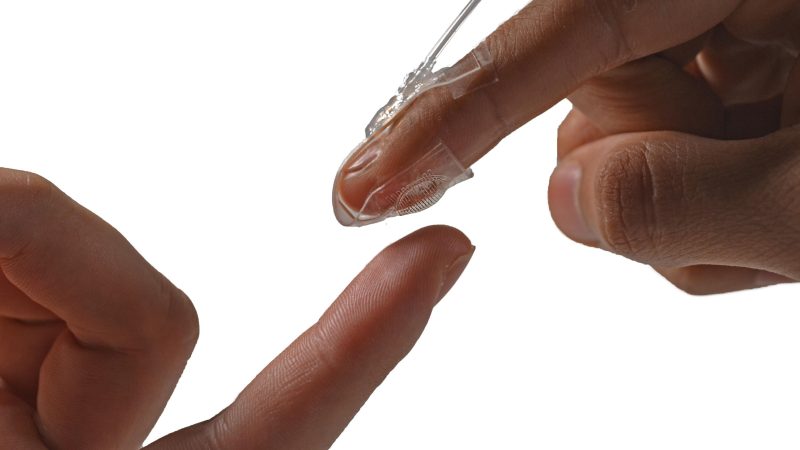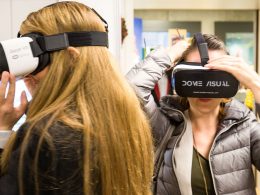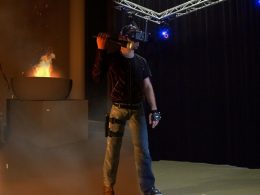Researchers at EPFL in Lausanne have developed an artificial skin that you can put on yourself. It reacts directly to body movements and activates our sense of touch.
We could soon be able to feel virtual spaces with an artificial skin: researchers at the École polytechnique fédérale de Lausanne (EPFL) have developed an artificial skin. It is made of silicone and electrodes and is so flexible that it can adapt to the wearer's body. As a second skin, the invention could revolutionise virtual reality, for example. The researchers have described how it works in the journal Soft Robotics.
Interaction of sensors and motors
The Robo-Skin uses pressure and vibrations to create a tactile sensation that is as realistic as possible. This is made possible by a combination of sensors and small moving parts, known as actuators.
These actuators form a soft layer that can be inflated with air - with different pressure intensities and different frequencies. The fastest frequency, 100 pulses per second, leads to a feeling of vibration. In this way, our real skin is made to believe that it is touching something.
Harshal Sonar, the lead author of the study, says in a press release: "The artificial skin is ideal for wearable applications. For example, to test a patient's depth perception". This is the term used to describe the ability to perceive spatiality and depth.
Therapy and virtual reality
So far, the technology has only been tested on fingers - but it is to be developed further. The next step is a wearable prototype that could be used for virtual reality - or medical therapies. The artificial skin could add a new sensory dimension to VR. Studies have shown that tactile stimulation can help train the ability to move parts of the body. For example, when an arm is paralysed after a stroke.
According to Harshal Sonar, further investigations are already planned: "The prototype is also being tested in neuroscientific studies, where it stimulates the human body while researchers measure brain activity."
Source: Nau/ EPFL / Youtube









